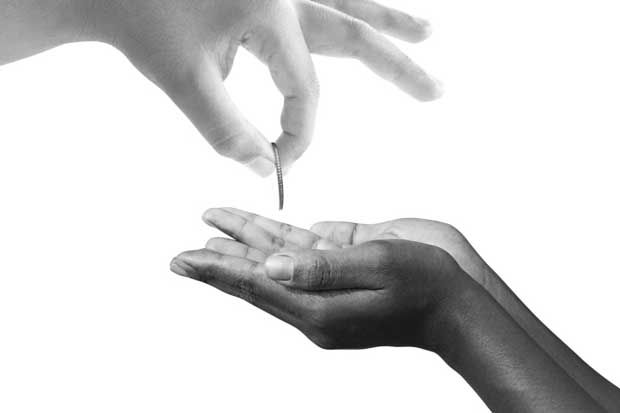Dayton is requesting $100 million push to begin addressing racial economic disparities; is there a policy in place so Minnesota’s minority-ethnic community does not repeat in 2017?
By Don Allen, Publisher
If you’ve ever played the game “Heads or Tails” with a big silver dollar, you know your chances of winning are around fifty-percent. We can safely say certain groups in Minnesota’s vast societies are stuck in the Matrix; tossing a coin that is skewed to counter any positive probability they pick. This is my no means signifying a victims’ mentality, but points more directly at what has happened in the past has not worked – and if the governor in his infinite wisdom decides to stick with the same groups offering the same public policy, we as a community will be back at the table in 2017 with the same challenges and issue that have plagued minority-ethnic Minnesota harshly since 2006. If governor Dayton believes the minority-ethnic communities of Minnesota are monolithic, then we will be back in 2017 with the same challenges, blight and outcomes that question the livability for people of color in this state.
There is something to be said about organizations, politicians and community spokespersons who become ingrained in a process of using humans as a way to gain access for funding and dismissing the notion of helping their cash crop to become stable and acquire some type of standardized normalcy. Author Ralph Ellison wrote, “All my life I had been looking for something, and everywhere I turned someone tried telling me what it was. I accepted their answers too, though they were often in contradiction and even self-contradictory” (Invisible Man).
In the Twin Cities some are “told” what they are, where to go and who they can be. This is a sad documentary on defining humanity, culture and identity. The status quo of poverty in the Twin Cities is to let those in poverty stay lost within their environments, undeveloped, misinformed and of course misguided by a political ideology that doesn’t work on either side of the isle. Residents of the Twin Cities, especially those residing in areas with large populations of Blacks, Asians, Hispanics, Somali, and t poor whites have seen a down-tick in proactive engagement and services. In most cases the right process would lift service-dependent clients up from current norms into an abnormal hemisphere of self-sufficiency while stabilizing their foundations into a station of strength, solidarity and forward progress. For that to happen, poverty in the Twin Cities would need to have an expiration date – an elimination of life-disrupting incidents brought on by circumstance, environments and the political infrastructure. The public policy has yet to be written.
The protagonist blocking the success of the lower one-third and middle-class in the Twin Cities are those who operated in the areas of dependent funding organizations whose life’s-blood depends on the next grant; number of poor, homeless, unhealthy, unemployed, untrained, uneducated and of course poor children. I need to make it very clear; there is a need for these agencies, but not at the current levels, especially in education. A consolidation of repeat programing could form a cohesive tracking of those in need to the next level of personal success versus the multifaceted referral system, which in most cases has too many interconnected loopholes that leads to missing those who really need the assistance.
Community engagement does not mean asking the same group about another group because one might not have a connection. On the streets it’s called “Street Cred” – you might look like me, but you do not know me. To not seek credibility seems like an unfavorable one-sided process masked in conflict and irony, foreshadowed in processes that will never provide greater outcomes. The need for vision is important; it is also important to turn vision into written policy.
In minority-ethnic communities, it is only a few that come to the table; it seems to be the same people. The usual suspects are encouraged and in some cases make WAM (walking around money) to redirect poverty-stricken residents into hopeless engagement similar to telling them, if they are to buy a lottery ticket, it could win them the lotto. Psychologically, this creates community-wide perpetual anxiety, mixed with the promise of a new tomorrow and the complications of reality. This is why crime and unemployment are high while graduation rates sink to an all-time low. There is no upside.
If the ideology of governor Mark Dayton is to stick with the same folks he’s always called to the table in the non-profit, social service agency world, he and local politicians will once again create a system guaranteed to fail. Agendas based on bad public policy and data in the beginning will not make Minnesota great again for people of color.

Be the first to comment on "Kryptonite, the Cross and Silver Bullets: Can Minnesota governor Mark Dayton find the right solution?"